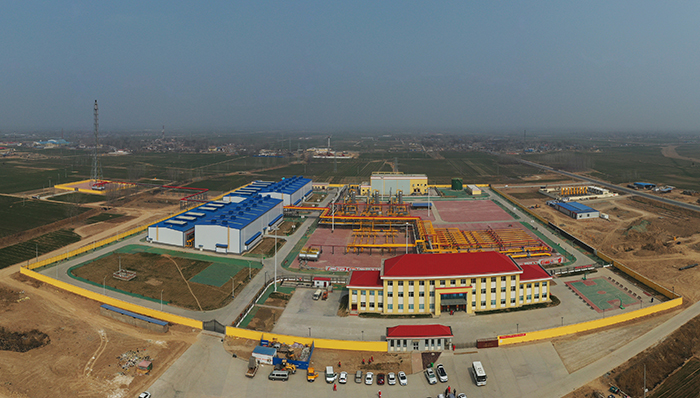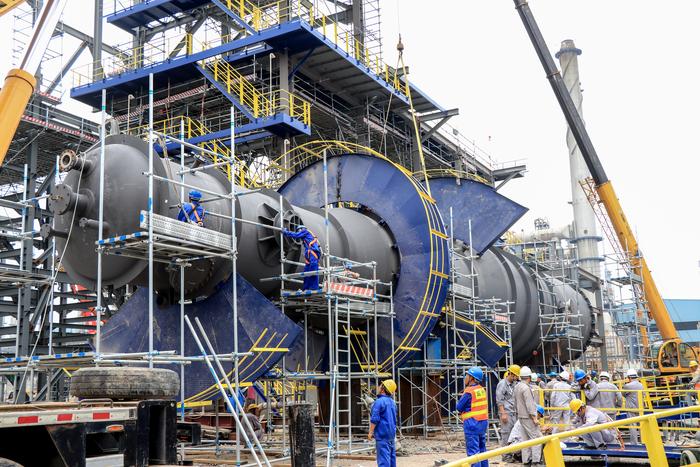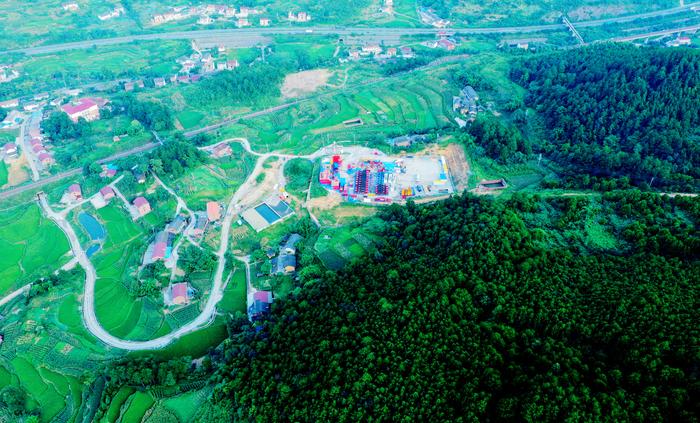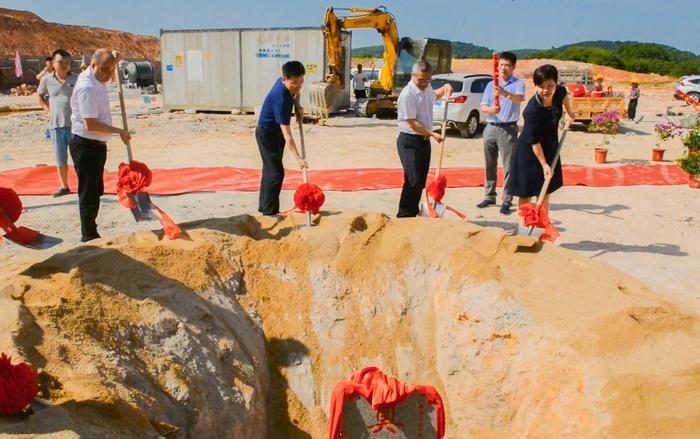|
| 2019-08-02 来源: 中国石化新闻网 |
| 石化新闻 |
东京理工大学开发地热发电的电池 中国石化新闻网讯 据今日油价7月31日报道,在能源这个最热门的市场,出现一项令人惊讶的创新。 截止目前全球地热发电量达到14.9千兆瓦。虽然与化石燃料甚至可再生能源发电能力相比,这个数字微不足道,但这个数字正在增长。现在,一组科学家可能已经找到了一种专门为地热发电而设计的电池存储系统的方法。 由松下幸子(Sachiko Matsushita)博士领导的东京理工大学(Tokyo Institute of Technology)研究小组开发了一种电池,可以在100摄氏度甚至更低的温度下直接将热量转化为电能。科学家们称他们的发明为敏化热电池(STCs),并说它们可以埋在地下,直接从地壳产生和储存电能。 以下是他们如何用简单的术语来解释这个过程:STC是“由夹在电极之间的三层组成的电池:电子传输层(ETM)、半导体层(锗)和固体电解质层(铜离子)。简而言之,电子通过热激发从半导体中的低能态变为高能态,然后自然地转移到ETM中。” “然后,它们通过电极离开,经过外部电路,经过反电极,然后到达电解质。电解液的两个界面都发生了涉及铜离子的氧化和还原反应,导致低能电子被转移到半导体层,这样这个过程就可以重新开始,从而完成一个电路。” 最初,研究小组预计,当达到平衡时,发电量将在某一时刻停止。但令人惊讶的是,他们发现,只要简单地翻转外部电路的开关,反应就可以重新开始。实际上,这意味着你可以把两个这样的电池埋在一个地热点,用它们互相开关来发电,松下说。 像这样的发现确实可以使地热发电成为世界能源组合中更重要的一部分。虽然它们的数量没有其他电池技术的潜在突破那么多,但在这个领域也做了一些成功的工作。 例如,今年早些时候,一家澳大利亚公司宣布他们设计了世界上第一个可工作的热电池。CCT储能公司称其产品是一种热能设备,可以接受任何来源的电能并以潜热的形式储存。 这种电池的工作原理是加热并熔化一种独特的材料,其能量密度是铅酸电池的12倍。必要时,储存的能量通过热发生器提取。 邹勤 摘译自 今日油价 原文如下: A Surprising Innovation In Energy’s Hottest Market The world’s geothermal power generation capacity this year hit 14.9 GW. The figure is minuscule compared with fossil fuel or even renewable generation capacity but a figure that’s growing. And now, a team of scientists may have found a way to add a battery storage system tailored specifically for geothermal power. Led by Dr. Sachiko Matsushita, the team from the Tokyo Institute of Technology has developed a battery that can convert heat directly into power at temperatures of 100 degrees Celsius or even less. The scientists have called their invention sensitized thermal cells (STCs) and say they can be buried in the ground and generate and store electricity directly from the Earth’s crust. Here’s how they explain the process in simple terms: the STC is “a battery that consists of three layers sandwiched between electrodes: an electron transport layer (ETM), a semiconductor layer (germanium), and a solid electrolyte layer (copper ions). In short, electrons go from a low-energy state to a high-energy state in the semiconductor by becoming thermally excited and then get transferred naturally to the ETM.” “Afterwards, they leave through the electrode, go through an external circuit, pass through the counter electrode, and then reach the electrolyte. Oxidation and reduction reactions involving copper ions take place at both interfaces of the electrolyte, resulting in low-energy electrons being transferred to the semiconductor layer so that the process can begin anew, thus completing an electric circuit.” Initially, the team expected that electricity generation would stop at some point, when equilibrium is reached. But what they found with some surprise was that the reaction could restart with a simple flip of an on/off switch in the external circuit. Effectively, this means that you could bury two such batteries in a geothermal spot and use them to switch each other on and off to generate electricity, according to Matsushita. Discoveries like this could indeed turn geothermal power into a more significant part of the world’s energy mix. While there aren’t as many of them as there are potential breakthroughs in other battery technologies, some successful work has been done in this field as well. Earlier this year, for example, an Australian company announced it had designed the world’s first working thermal battery. CCT Energy Storage called its product a Thermal Energy Device and says it can accept electricity from any source and store it in the form of latent heat. That battery works by heating up and melting a unique material and sports 12 times the energy density of a lead acid battery. When necessary, the power stored is extracted through a thermic generator.
|








